
Why is the old cut diamond coming back?
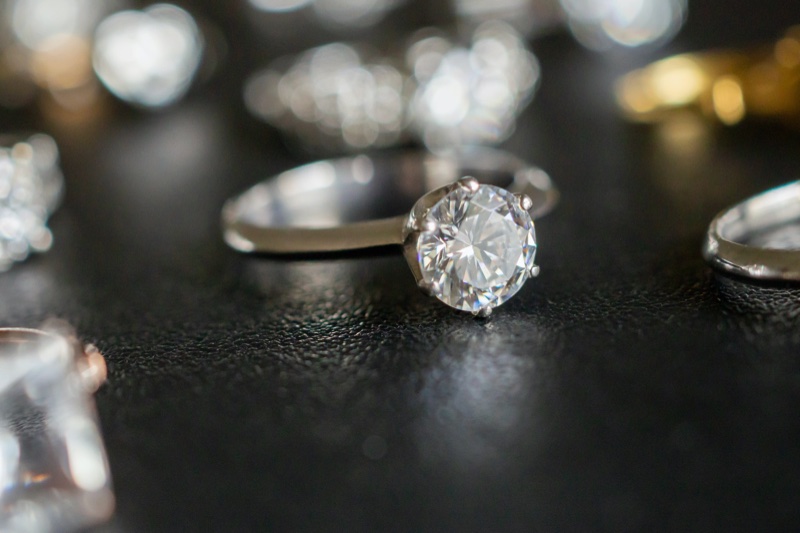
Old cut diamond Antique diamonds are shaped before modern cutting techniques. Unlike today’s diamonds, cut for maximum glow under bright light, these are designed to glow beautifully with candlelight. Their facets are large, and the shape of their shape is often less accurate, giving the ring style a soft and romantic look.
Common old cuts include old mine cuts, old European cuts, and rose cuts. Each of these diamonds is hand cut, so they are unique. Today, diamonds grown in old cut labs are becoming more popular. This offers the appeal of vintage shapes combined with modern sustainability and affordability.
Common types of old cut diamonds
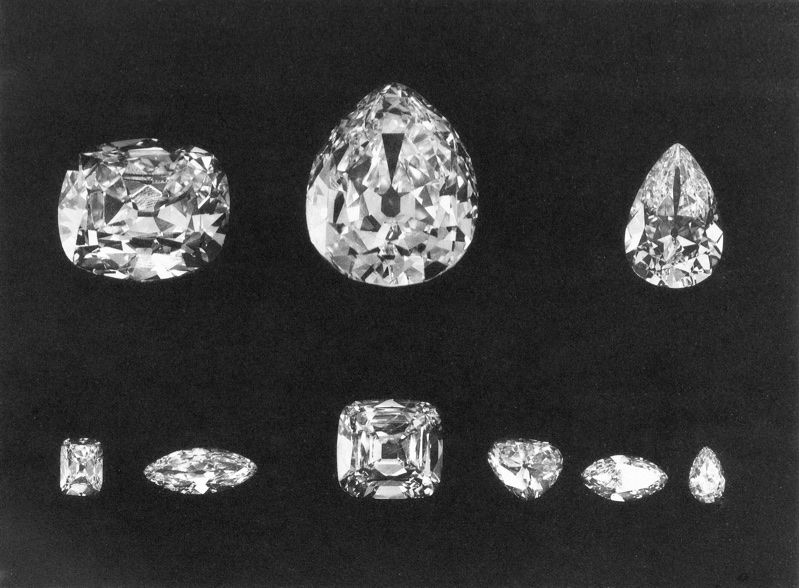
Old cut diamonds come in several different shapes, each reflecting the craftsmanship of the time. Cutting of diamonds began in the 15th century. Point cutIt has a simple shape to maintain as much weight as possible.
One of the oldest diamond styles Rose cutdating back to the 16th century. It has a flat base with triangular facets forming the dome-shaped top, creating a soft, subtle sparkle. Its delicate and antique look is my favorite of vintage jewelry designs.
Old mine cutPopular in the 18th century, it is shaped like a cushion with a small table, high crown and deep pavilion.
From the late 19th century to the early 20th century Old European cut It’s the next evolution. This round shape features a larger table and better symmetry, creating more light reflections, paving the way for modern round brilliant cuts.
Round and gorgeous cut diamond anatomy
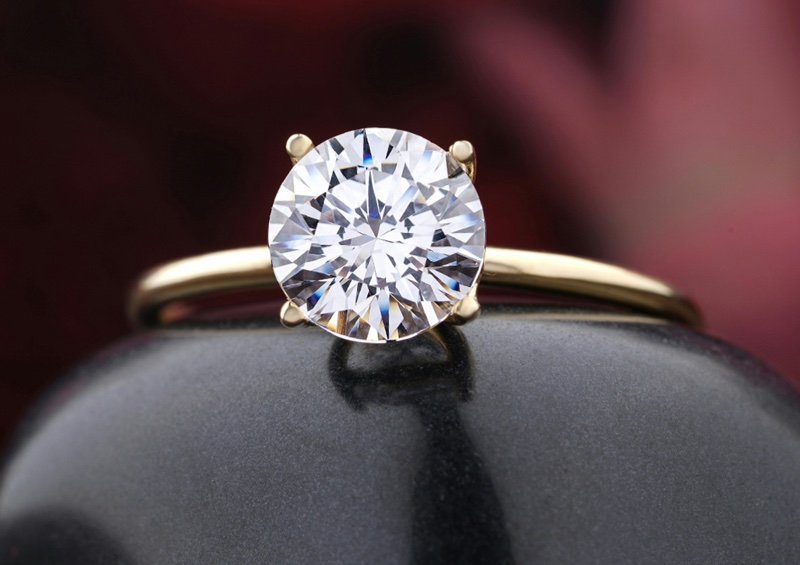
Modern round brilliant cut diamonds evolve from old cut diamonds like old European cuts and have five main parts. It’s on top tablea flat polished surface that emits light. Around this Crownangled with facets that direct light inward.
The widest area known girdleseparates the crown from the lower half and provides strength. It’s under the girdle Pavilionits facets reflect, bouncing light upwards, creating a sparkle.
It’s at the bottom tip Asssmall facets or points to protect the diamond. Together, these parts create the intense glow associated with today’s round diamond cuts, invented by Marcel Tolkowsky.
Important Differences Between Old Cut Diamonds and Modern Cut Diamonds
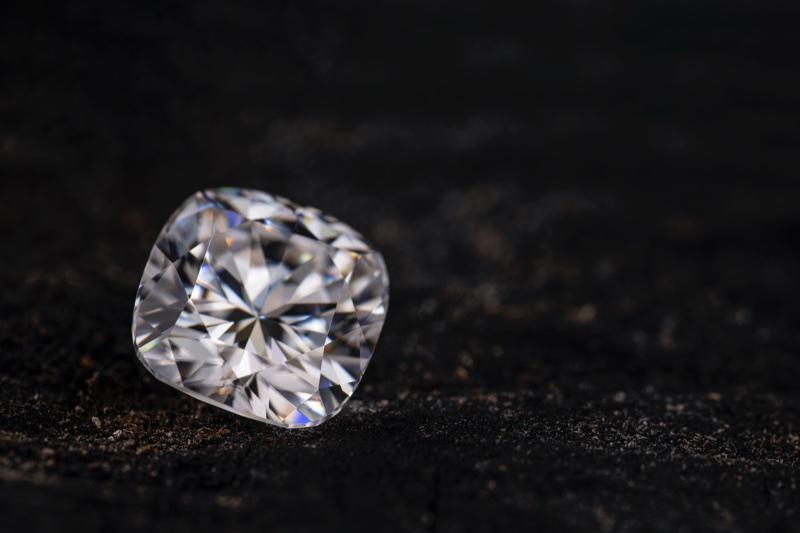
The cuts of old and modern diamonds differ in several ways. Old diamonds were cut by hand, making each unique.
They have fewer, larger facets, creating a softer sparkle designed for candlelight. Modern diamonds are machine cut and have many small facets, making them brighter and more sparkly under the electric light.
Another difference is symmetry. Old diamonds often have uneven shapes that look romantic and perfect. Modern diamonds are accurate and have shape.
Calette is another important difference. Older diamonds often have large cullets at the bottom, which sometimes look like small circles or holes. Modern gems usually have very small or no curettes, giving them a sharper and more refined look.
Modern Jewelry Revival
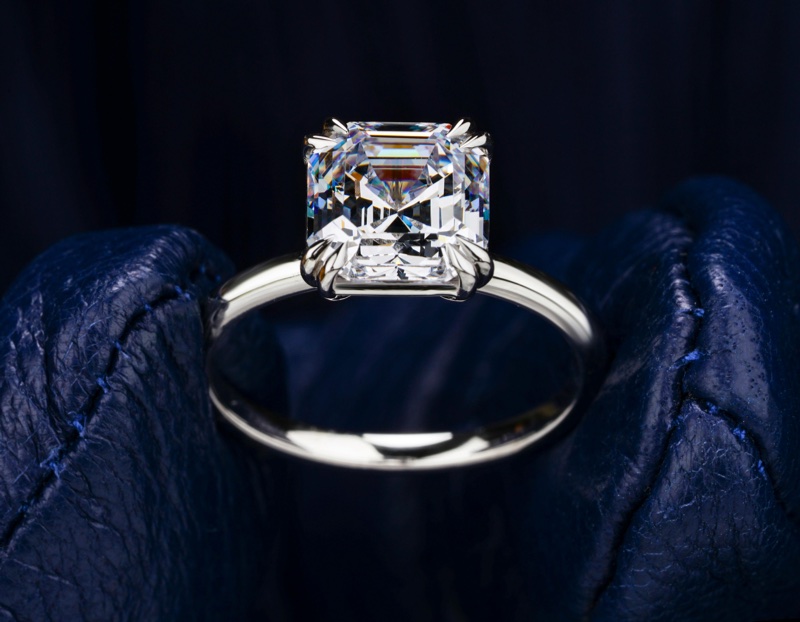
Old-cut diamonds are revived with modern gems as more people appreciate their unique and timeless charm. The cushion cut is a version of this style. It features soft, round edges that resemble the shape of a pillow. Its large, wide facet stands out.
Moval Cut is also inspired by Miner Diamonds. It combines its elongated oval shape with pointed edges similar to marquise. This gives your fingers an elegant and stretchy effect.
While many of these diamonds are vintage, today’s jewellers can use modern techniques to replicate these antique-esque cuts. This allows for the beauty of Old World craftsmanship while improving symmetry and brilliance.







